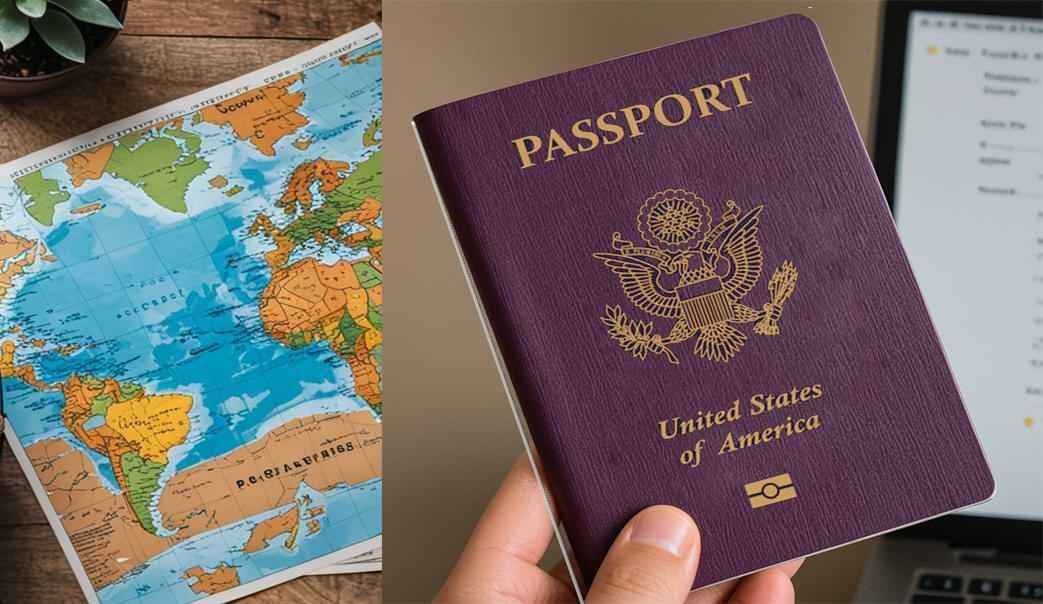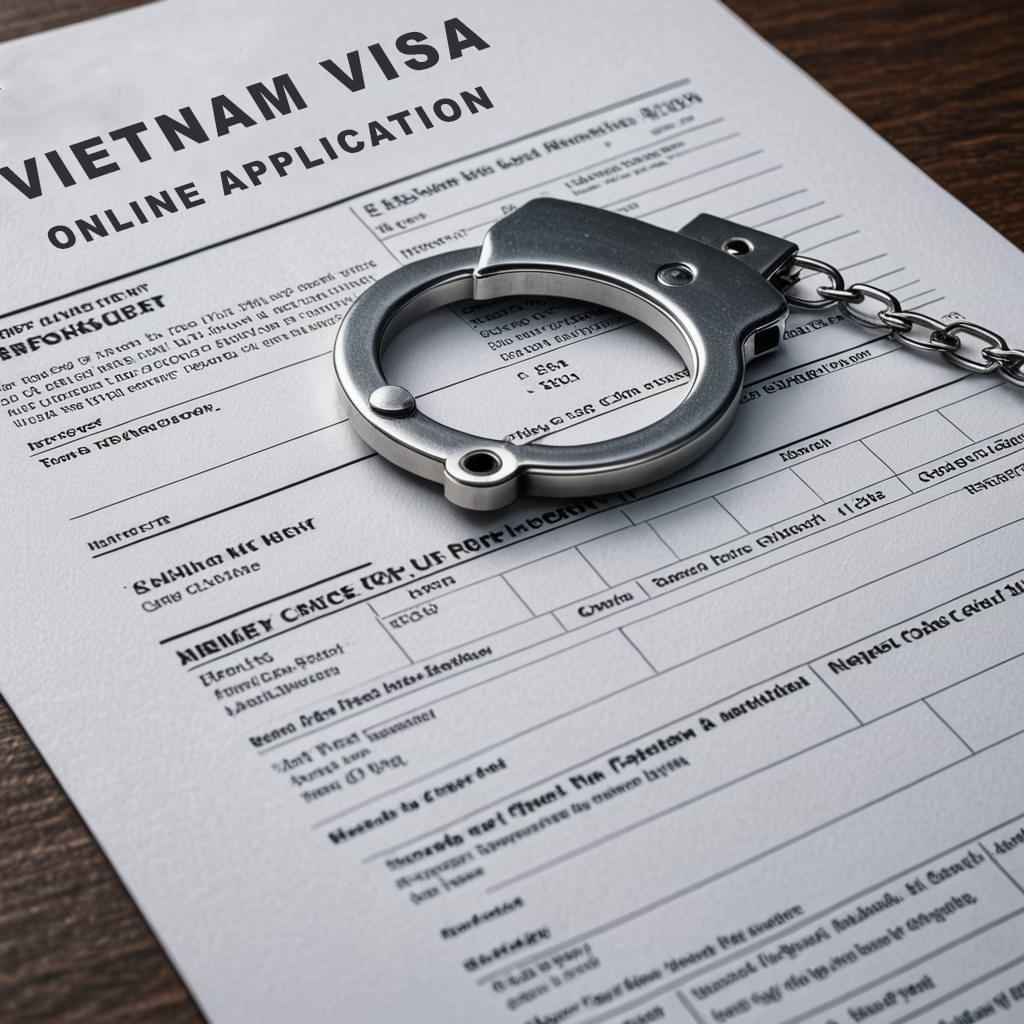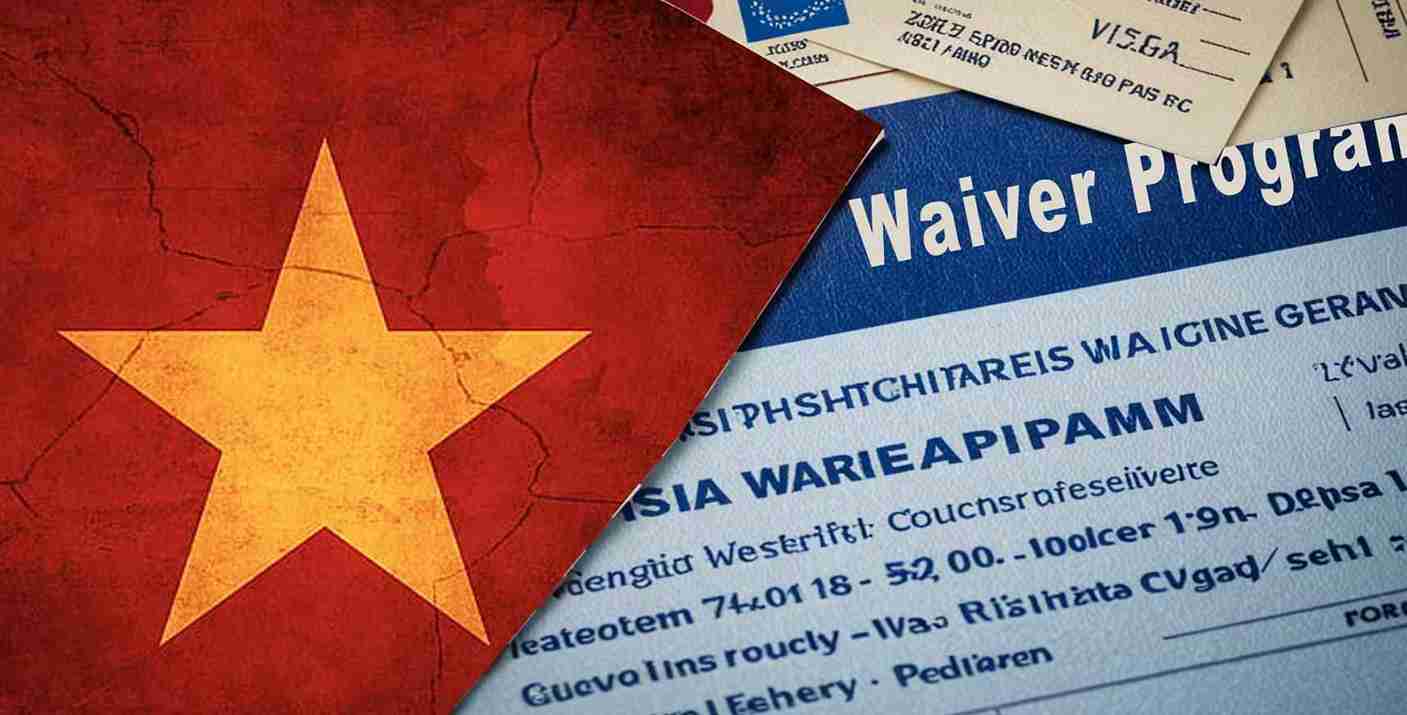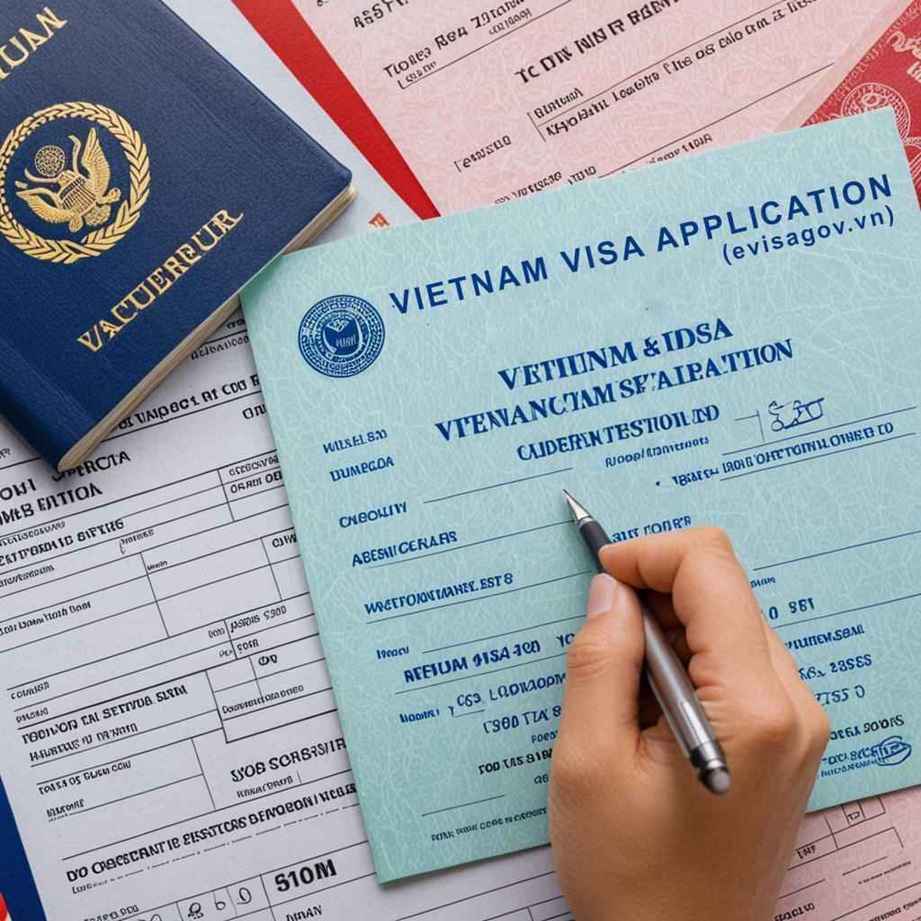

Applying for a Vietnam visa can be a straightforward process, but many travelers make mistakes that can lead to delays or even visa denials. To help you avoid these pitfalls, we've compiled a list of the top 10 common mistakes to avoid when applying for a Vietnam visa, whether it’s an eVisa, Visa on Arrival, or a traditional visa. Follow these tips to ensure a smooth and successful application process.

One of the most common mistakes is providing incorrect personal information, such as a misspelled name, incorrect date of birth, or wrong passport number. Double-check all details on your application form to ensure they match your passport details exactly.
Not all visas are suitable for every type of visit. For example, a tourist visa may not be appropriate for business travel. Make sure you choose the correct type of visa based on your purpose of visit to avoid complications at immigration checkpoint.
Applying for a visa at the last minute is a common mistake that can cause stress and lead to potential delays. It is advisable to apply at least one to two weeks before your planned departure to allow enough time for processing. Refer list of public holidays
Before applying for a Vietnam visa, ensure that your passport is valid for at least six months beyond your intended stay. Immigration authorities will deny entry to travelers with passports that are nearing expiry date.
Each type of visa may have specific requirements, such as a letter of invitation or proof of onward travel. Failing to provide the necessary documentation can result in delays or visa rejection. Always review the requirements carefully before completing application.
For those applying for an eVisa, it's crucial to select the correct port of entry on the application form. Entering Vietnam through a different entry point than the one specified can result in denial of entry. Be sure to check that your intended entry point is included in the list of accepted ports for eVisa holders.
Whether you apply for an eVisa or Visa on Arrival, always keep a printed copy of your eVisa or visa approval letter. You will need to shown this document at the immigration checkpoint upon arrival in Vietnam.
If you are applying for a Visa on Arrival, remember that there is a stamping fee that must be paid in cash upon arrival at the airport in Vietnam. The amount varies depending on whether you have a single or multiple-entry visa. Ensure you have the correct amount in USD to avoid any issues at the airport.
Not all nationalities are eligible for every type of Vietnam visa. Before applying, verify whether your nationality is eligible for the visa type you are applying for. This information can typically be found on the official Vietnamese immigration website or through a trusted visa service provider.
Many travelers confuse different types of visas, such as the eVisa, Visa on Arrival, and the traditional visa obtained through an embassy or consulate. Each visa type has specific conditions, application processes, and entry requirements. Be sure to fully understand the differences to select the best option for your trip and to ensure compliance with Vietnamese immigration laws.
By avoiding these common mistakes, you can ensure a smooth and hassle-free process when applying for your Vietnam visa. Always double-check your application, choose the correct visa type, and ensure you meet all the requirements. Safe travels, and enjoy your visit to Vietnam!




